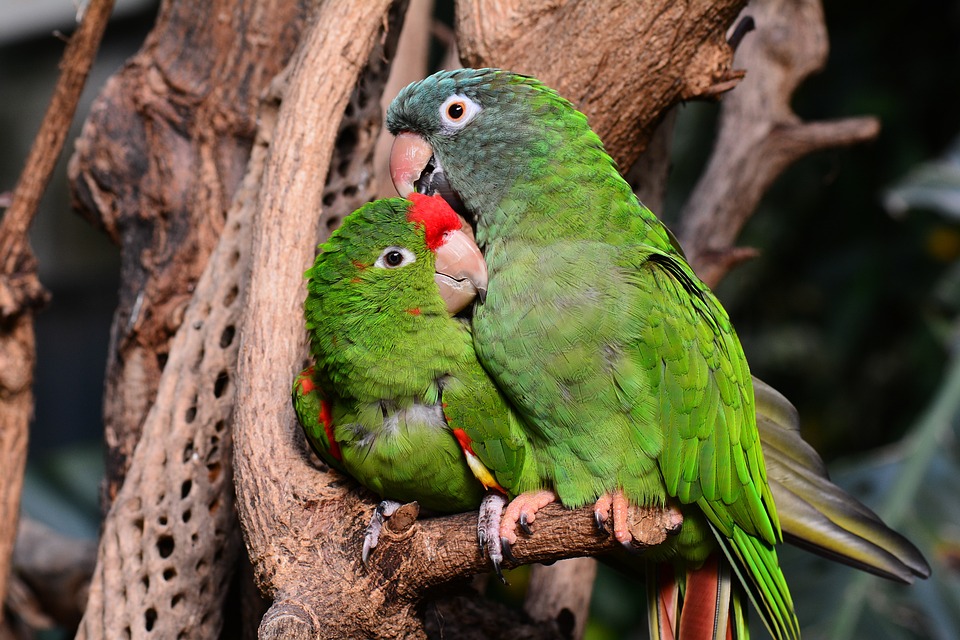Parrots are highly intelligent and social creatures that require mental stimulation and interaction to thrive. Recognizing signs of excitement and engagement in your parrot is essential for their well-being and happiness. This article explores various indicators of parrot excitement and engagement, as well as answers some frequently asked questions about parrot behavior.
One of the most common signs of excitement in parrots is vocalizations. Parrots are known for their loud and varied vocalizations, and when they start chirping, chattering, or mimicking sounds, it often means they are happy and engaged with their surroundings.
Another indicator of excitement and engagement in parrots is flapping wings. Parrots love to use their wings to express their excitement, so if your parrot starts flapping its wings vigorously while perched or during playtime, it is a positive indication that they are highly engaged and enjoying themselves.
Tail wagging is another behavior that indicates excitement or happiness in parrots. Similar to a dog wagging its tail, parrots will wag their tails from side to side when they are excited or happy. This rhythmic movement is often accompanied by other signs of engagement, such as vocalizations or wings flapping.
Preening behavior can also be a sign of excitement in parrots. While preening is a regular grooming activity, an excited parrot will engage in more vigorous preening, often accompanied by chirping or dancing.
Head bobbing is another common sign of excitement in parrots. When a parrot bobs its head up and down rhythmically, it usually indicates that they are intrigued, excited, or ready to interact with their environment or their human companions.
Playfulness is a positive sign that your parrot is mentally stimulated and content. Engaged parrots often exhibit playful behavior, such as engaging in acrobatics, tossing around toys, or interacting with objects in their surroundings.
Parrots have a unique way of expressing their emotions through their eyes. When a parrot’s pupils rapidly dilate and constrict, commonly known as eye pinning, it signifies heightened excitement, curiosity, or even aggression. However, in the context of engagement, eye pinning usually indicates positive emotions.
In terms of frequently asked questions about parrot behavior, it is important to note that most parrot species share similar behavioral traits, including the signs mentioned above. However, some species may have unique behaviors specific to their breed.
While most signs of excitement are positive, some parrots may exhibit aggressive behaviors when overly stimulated. It is crucial to observe the overall body language and context to differentiate between excitement and aggression.
When you observe signs of excitement and engagement in your parrot, it is important to encourage and nurture their behavior. Provide them with interactive toys, engage in playtime, and create a stimulating environment to keep them mentally stimulated and content.
Parrots can become overexcited or stressed if they are not provided with enough mental stimulation or if their environment becomes overwhelming. It is essential to strike a balance between providing mental stimulation and ensuring a calm and predictable environment for your parrot.
While the signs mentioned above are generally associated with excitement and engagement, it is important to consider the overall behavior and well-being of your parrot. If you notice any sudden changes in behavior, lack of appetite, or signs of distress, it is recommended to consult an avian veterinarian to rule out any underlying health issues.
Understanding and recognizing signs of excitement and engagement in parrots is crucial for their overall well-being. By observing their body language, vocalizations, and playfulness, you can ensure that your parrot remains mentally stimulated and happy. Remember to provide a stimulating environment and engage in interactive playtime to foster a strong bond with your feathered friend.









